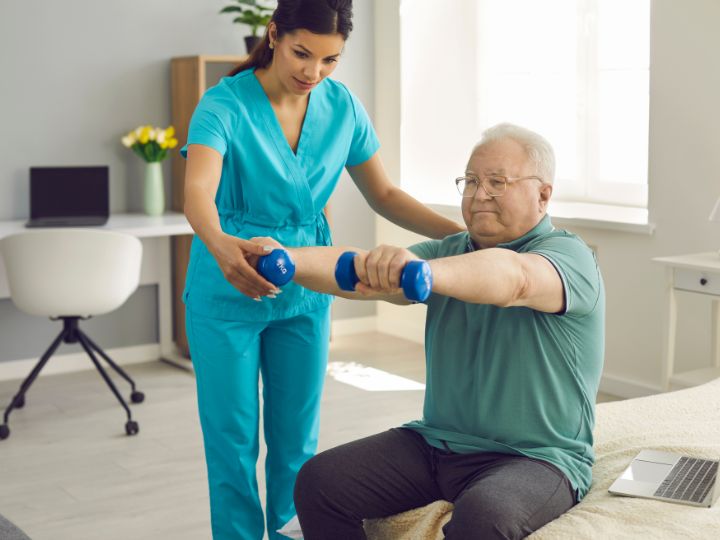The traditional image of physical therapy often conjures up spacious clinics with rows of equipment, but modern rehabilitation has evolved to meet patients where they are—literally. For the millions of Americans living in apartments and condominiums, receiving therapy services doesn’t require large spaces or specialized gym equipment. In fact, home-based therapy in compact living spaces can be just as effective, and often more convenient, than traditional clinical settings.


